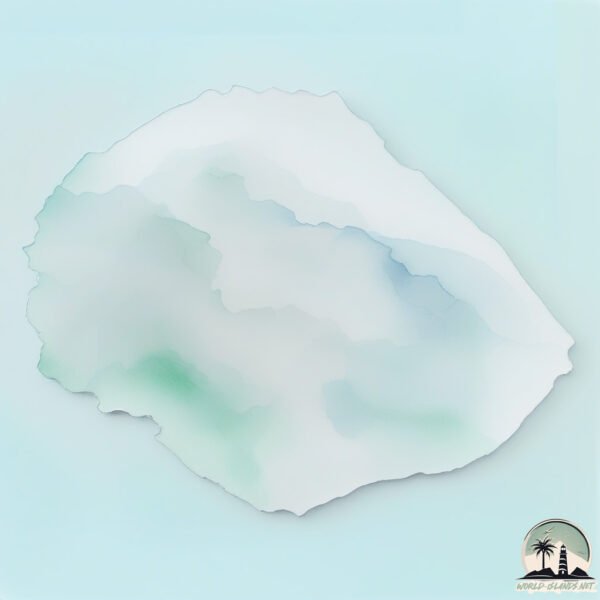Marchena

Welcome to Marchena, a Tropical island in the South Pacific Ocean, part of the majestic Pacific Ocean. This guide offers a comprehensive overview of what makes Marchena unique – from its geography and climate to its population, infrastructure, and beyond. Dive into the details:
- Geography and Size: Explore the island’s size and location.
- Climate and Weather: Weather patterns and temperature.
- Topography and Nature: Uncover the natural wonders of the island.
- Infrastructure and Travelling: Insights on reaching, staying, and making the most of your visit.
- News and Headlines: Latest News.
Geography and size of Marchena
Size: 132.6 km²
Coastline: 46.9 km
Ocean: Pacific Ocean
Sea: South Pacific Ocean
Continent: South America
Marchena is a Large Island spanning 133 km² with a coastline of 47 km.
Archipel: Galapagos Islands – An Ecuadorian archipelago in the Pacific Ocean, famous for their unique wildlife and as a key location for evolutionary studies.
Tectonic Plate: North Andes – Located in South America, covering Colombia, Ecuador, and part of Venezuela, it is known for its seismic activity due to interactions with the South American Plate.
The geographic heart of the island is pinpointed at these coordinates:
Latitude: 0.33142083 / Longitude: -90.47543214
Climate and weather of Marchena
Climate Zone: Tropical
Climate Details: Tropical Savanna, Wet
Temperature: Hot
Climate Characteristics: Defined by distinct wet and dry seasons with high temperatures year-round. Pronounced rainfall occurs during the wet season, while the dry season is marked by drought.
Topography and nature of Marchena
Timezone: UTC-06:00
Timezone places: America/Chicago
Max. Elevation: 263 m
Mean Elevation: 94 m
Vegetation: Shrubland
Tree Coverage: 28%
The mean elevation is 94 m. The highest elevation on the island reaches approximately 263 meters above sea level. The island is characterized by Hills: Gently sloping landforms with rounded tops, having a maximum elevation between 200 and 500 meters. Hills contribute to a varied landscape on islands.
Dominating Vegetation: Shrubland
Dominated by shrubs and small bushes, these areas are typical in dry, rocky, or sandy environments, as well as in regions with poor soil fertility. Marchena has a tree cover of 28 %.
Vegetation: 7 vegetation zones – Very Highly Diverse Island
Islands in this range are ecological powerhouses, showcasing a wide array of vegetation zones. Each zone, from lush rainforests to arid scrublands, coastal mangroves to mountainous regions, contributes to a complex and interdependent ecosystem. These islands are often hotspots of biodiversity, supporting numerous species and intricate ecological processes.
Infrastructure and Travelling to Marchena
Does the island have a public airport? no.
There is no public and scheduled airport on Marchena. The nearest airport is Seymour Galapagos Ecological Airport, located 84 km away.
Does the island have a major port? no.
There are no major ports on Marchena. The closest major port is MANTA, approximately 1085 km away.
The mean population of Marchena is 3 per km². Marchena is Gently Populated. The island belongs to Ecuador.
Continuing your journey, Pinta is the next notable island, situated merely km away.
Galapagos Remote Islands: Exploring Marchena & Santiago



Ecuador is classified as Developing region: Regions characterized by lower income levels, with economies in the process of industrialization and modernization. The level of income is Upper middle income.
News – Latest Updates and Headlines from Marchena
Stay informed with the most recent news and important headlines from Marchena. Here’s a roundup of the latest developments.
Please note: The data used here has been primarily extracted from satellite readings. Deviations from exact values may occur, particularly regarding the height of elevations and population density. Land area and coastline measurements refer to average values at mean high tide.
